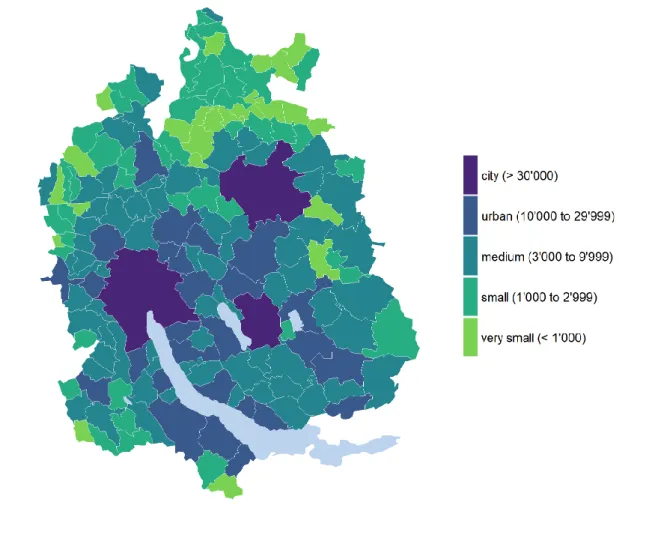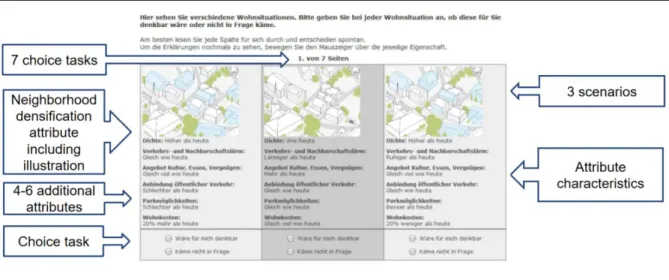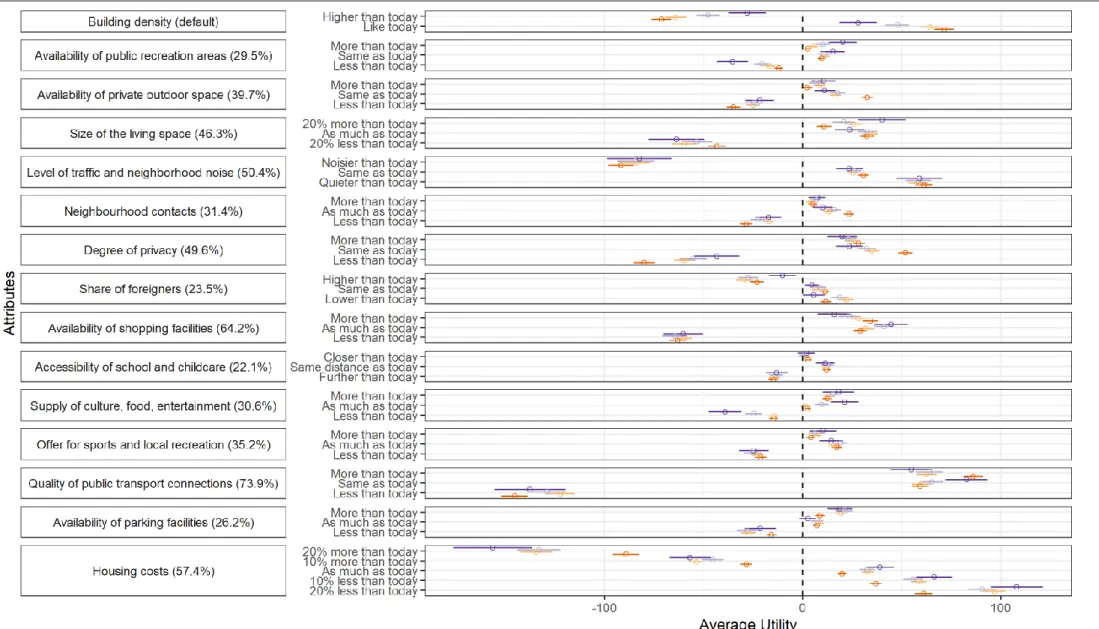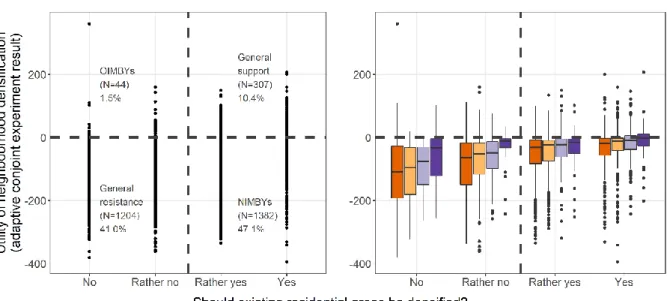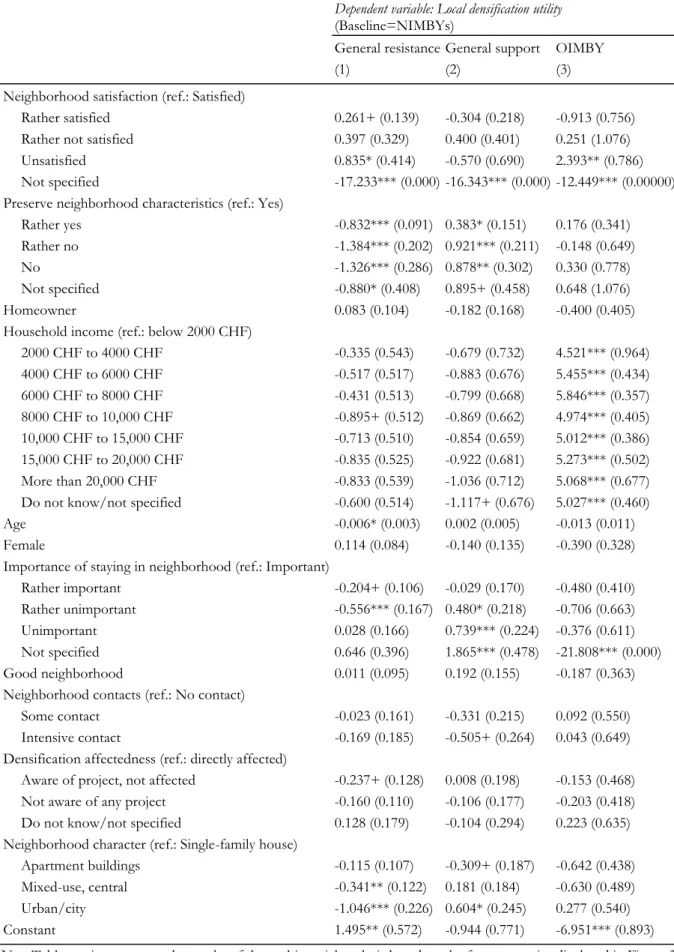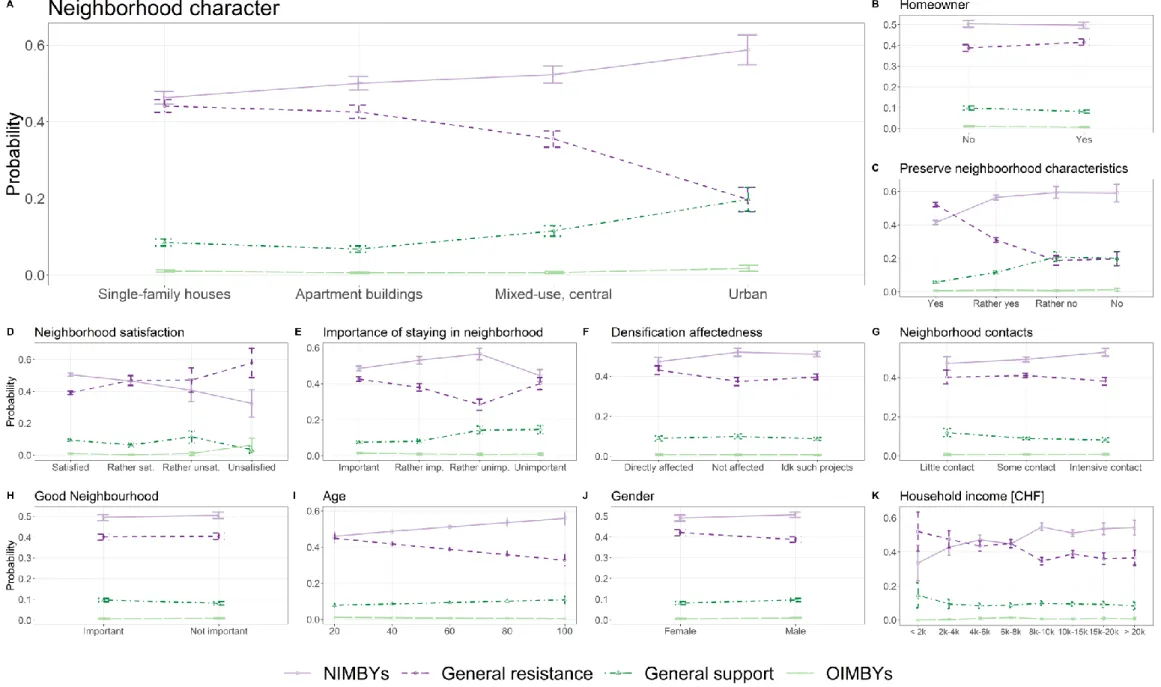ÄHNLICHE DOKUMENTE
In accord with the working definition of affect bursts given above, only non-verbal vocalisations expressing emotions were to be included.. This requirement excludes
At the within-person level, automaticity was predicted by preceding affective valence, changes in affective valence during the preceding class, the cumulative frequency of
Transfer audio iles to your Player Windows 7/Windows 8/Windows 10: • Connect your Player to the computer • Open Windows Explorer, select Computer, open AR-M20 under Portable Devices
It was also examined whether perceived self-control effort is related to a diffuse affective experience (i.e., subjective vitality, general positive affect, and general negative
Background: Patients' health related quality of life (HRQoL) has rarely been systematically monitored in general practice. Electronic tools and practice training might facilitate
To check the inuence of the dierent types of subsidization on the risk-taking behavior I consider three dierent dependent variables: average of the investment in the
Using a French longitudinal data set that includes variables for socio-demographics, social support, living conditions, health and depression measures, and medical history, the
Figure 7 shows the current and future state of the building layout after the property development intervention (top row) and the differences in mean radiant temperature (MRT) at
